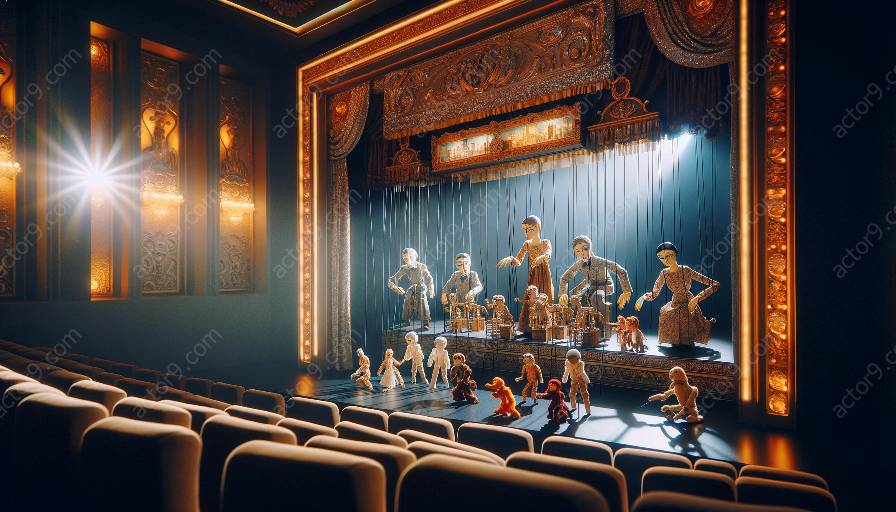Puppetry has been an integral part of cultural and artistic expression for centuries, with a rich history that spans across civilizations. Today, puppetry remains a versatile art form that continues to captivate audiences of all ages, from traditional stage performances to modern multimedia productions. One of the key elements that contribute to the success of puppetry is the technical aspects of puppet design.
From the fundamentals of puppet construction to the intricate mechanisms that bring puppets to life, the technical aspects of puppet design play a crucial role in shaping the art form. This comprehensive guide aims to delve deep into the world of puppet design, exploring the various components, materials, and techniques that contribute to the creation of captivating and expressive puppets.
History of Puppetry
Before delving into the technical aspects of puppet design, it is important to understand the rich history of puppetry and its cultural significance. Puppetry traces its roots back to ancient civilizations, where it served as a form of entertainment, education, and storytelling. Across different cultures and regions, puppetry has evolved into diverse forms, reflecting the unique traditions and artistic expressions of each society.
Throughout history, puppets have been used to convey moral lessons, enact myths and legends, and entertain audiences in various theatrical settings. From traditional hand-held puppets to complex marionettes and shadow puppets, the history of puppetry is a tapestry of creativity and ingenuity that continues to inspire contemporary puppet designers and performers.
Exploring Technical Aspects of Puppet Design
Creating a compelling and effective puppet requires a deep understanding of the technical aspects of puppet design. Every element, from the choice of materials to the mechanisms for movement, contributes to the overall impact of the puppet performance. Let's explore some of the key technical aspects of puppet design:
Puppet Construction
The construction of a puppet is a blend of artistry and engineering. The materials used, such as wood, fabric, foam, or clay, determine the visual and tactile qualities of the puppet. Whether creating a simple glove puppet or a complex animatronic figure, the construction process involves meticulous attention to detail and a keen understanding of the puppet's intended performance.
Mechanisms and Control
From traditional string-operated marionettes to modern servo-controlled puppets, the mechanisms and control systems are essential technical aspects of puppet design. Engineers and puppet makers collaborate to develop intricate systems that allow puppeteers to manipulate the puppet's movements with precision, creating lifelike gestures and expressions.
Character Expression
Facial expressions and body movements are crucial for conveying emotions and personality through a puppet. Designing the features and articulation points of the puppet's face and body requires a nuanced understanding of anatomy and kinematics. Through a combination of sculpting, molding, and engineering, puppet designers bring characters to life with expressive capabilities.
Cultural Significance
The technical aspects of puppet design not only contribute to the artistic quality of puppets but also reflect the cultural significance of puppetry. Different regions and traditions have distinct approaches to puppet design, incorporating unique materials, styles, and symbolism that are deeply rooted in their cultural heritage.
Exploring the technical aspects of puppet design offers a glimpse into the intricate craftsmanship and creative innovation that shapes the art form. Whether for traditional stage performances, contemporary multimedia productions, or educational outreach, the technical aspects of puppet design continue to fuel the imagination and enchantment of audiences worldwide.


























